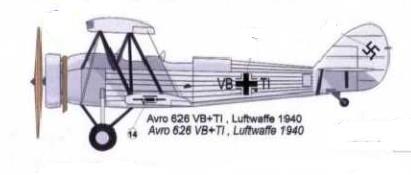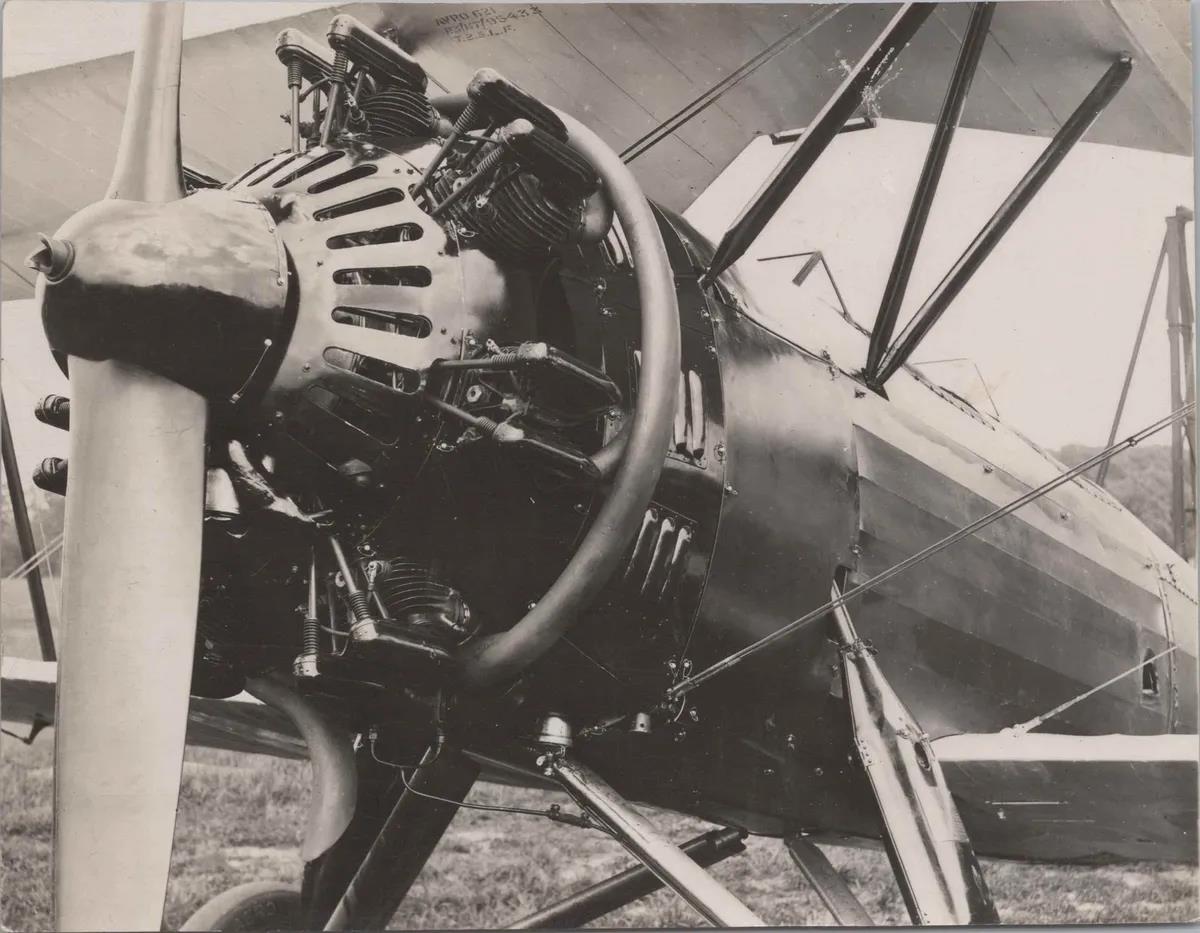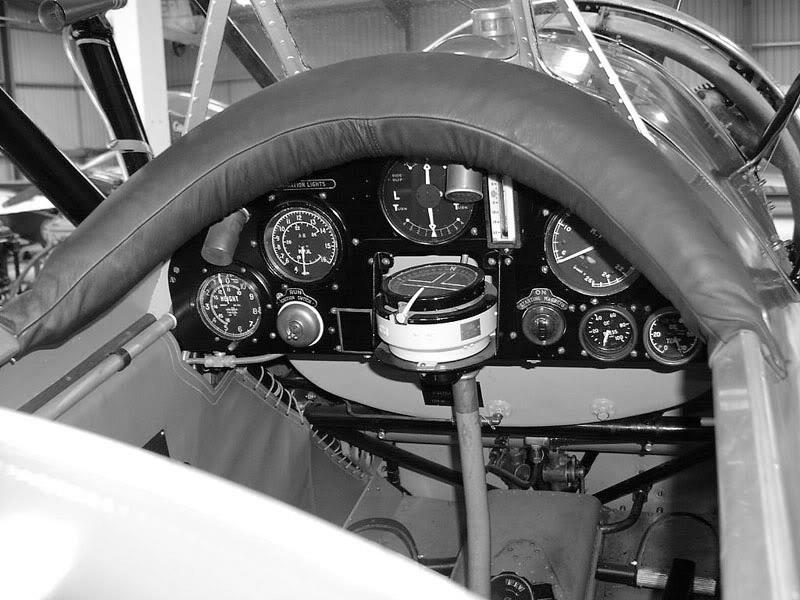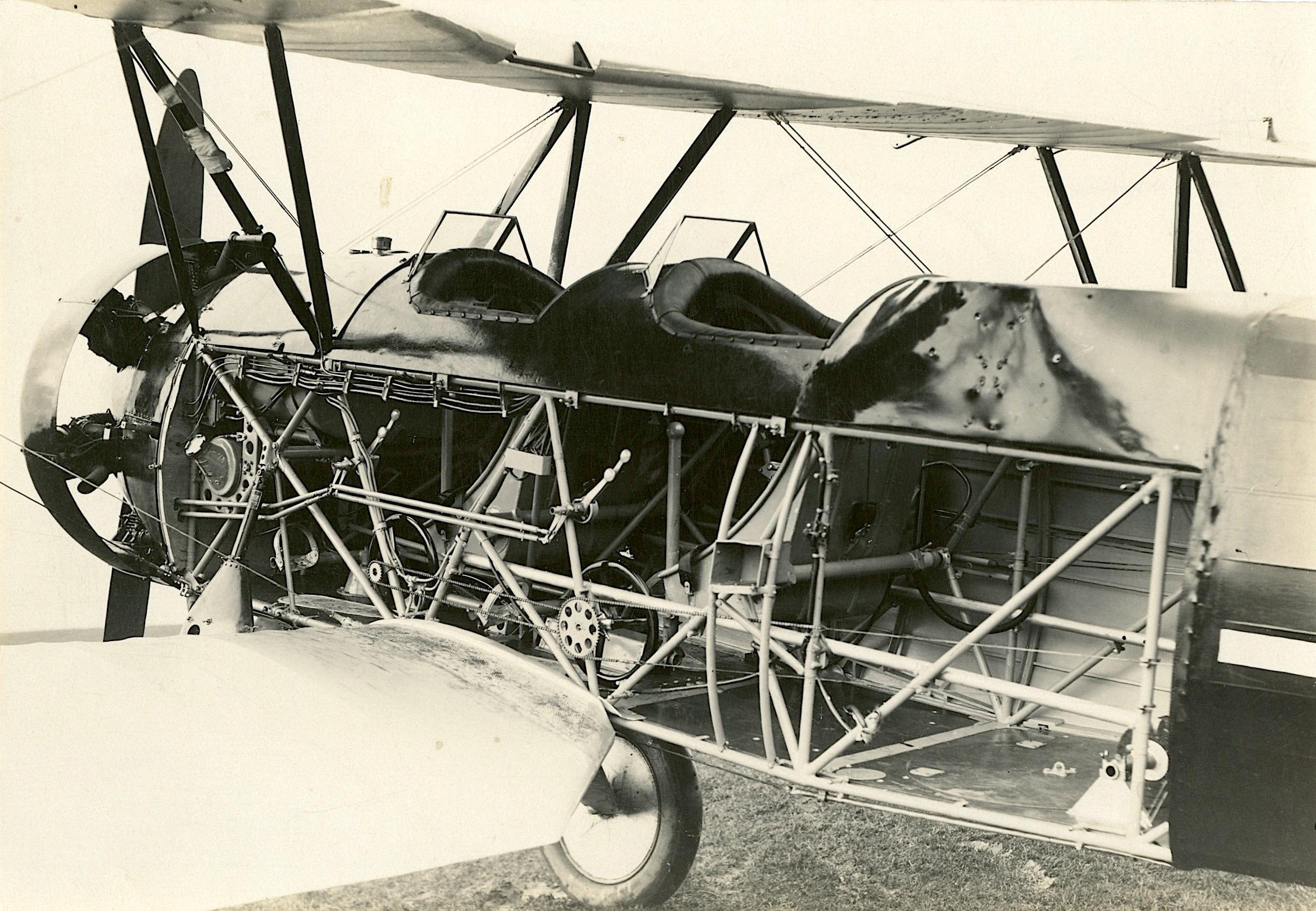Known German Marking: D-IPMC, D-IHVD, D-ISCX
| Type |
Werk.Nr |
Registration |
History |
|
868 |
55, G-ADUJ |
Former Austrian plane, taken over at the Anschluss |
|
923 |
56, G-AEGA |
Former Austrian plane, taken over at the Anschluss |
|
924 |
57. G-AEGB |
Former Austrian plane, taken over at the Anschluss |
|
925 |
58, G-AEGC |
Former Austrian plane, taken over at the Anschluss |
|
982 |
523. G-AEVI |
Former Austrian plane, taken over at the Anschluss |
|
983 |
524, G-AEVJ |
Former Austrian plane, taken over at the Anschluss |
|
984 |
525, G-AEVK |
Former Austrian plane, taken over at the Anschluss |
| Type |
Two seat trainer |
| Engine |
1 Armstrong Siddeley Lynx IVC with 2-bladed fixed-pitch propeller |
| Dimensions |
Length 8,08 m , height 2,92 m , span 10,36 m , wing area 28 m2 , |
| Weights |
Empty 801 kg, loaded 1247 kg , max. take off weight |
| Performance |
Max.. speed 180 km/h , cruising speed 153 km/h , range 390 km, endurance , service ceiling 4500 m , climb 4,5 m/sec. |
The Model 626 was developed by Avro from the company's Model 621 (Tutor) for export to smaller air forces, the idea being that the 626 would be a single aircraft that could carry out general aircrew training as well as a number of other roles. The types 621 and 626 were both two-seaters, but the latter had an additional cockpit behind the rear seat of the 621 and accessible from it. This additional cockpit was fitted with a Scarff ring for a machine gun and carried equipment for air navigation, wireless and gunnery training. Structurally and aerodynamically, it was almost identical to the Tutor: it had a conventional fabric-covered, metal airframe with single-bay wings. Most of the 626s, like the Tutors had an Armstrong Siddeley Lynx IVC engine of 240 hp (180 kW), but most of those supplied to the Egyptian and Brazilian Air Forces used a 260 hp (190 kW) Cheetah V from the same maker.
The usual undercarriage used split, fixed mainwheels and either a tailskid or later a tailwheel, but some 621s appeared on floats and on skis.
The prototype was first flown in 1930.











